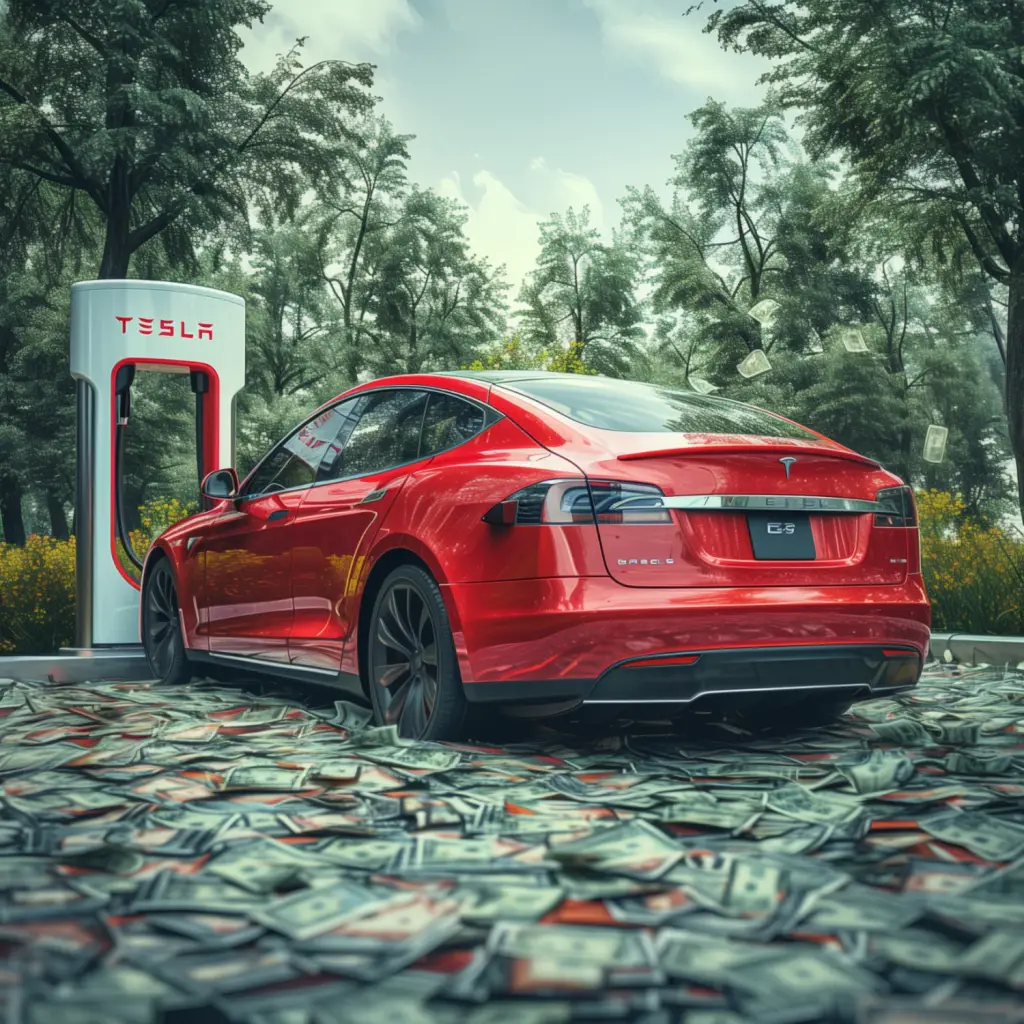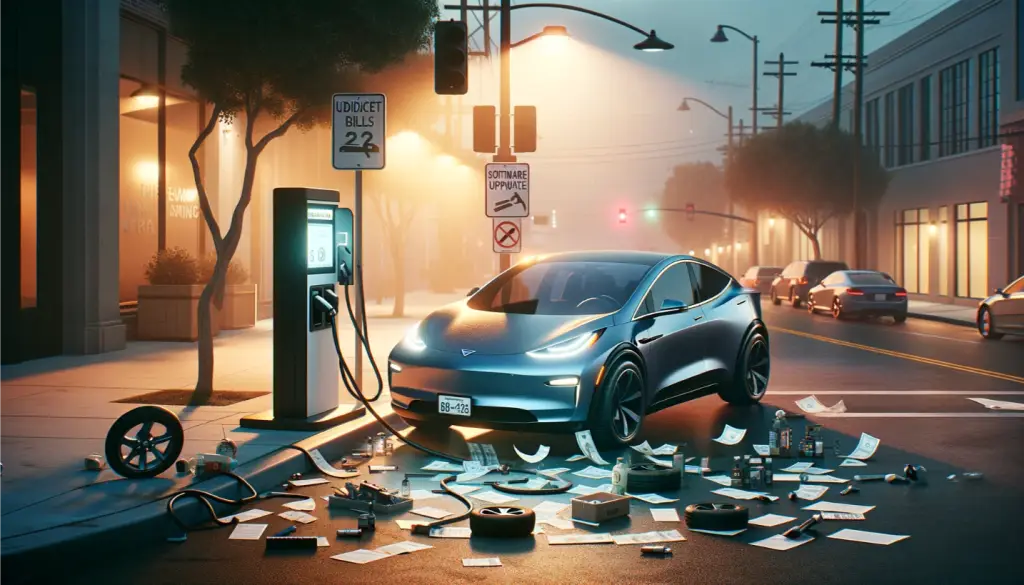The Hidden Costs That Electric Vehicle Professionals Are Hiding From You

While Electric Vehicles (EVs) zip around silently, saving the environment one mile at a time, they're also silently accruing costs that might not be immediately apparent. Let's dive into the hidden maintenance costs of EVs, but this time, we're attaching price tags. Prepare your wallets, folks—it's going to be an enlightening ride.
We're not saying electric vehicles are bad. We just want to show you they have their downsides too — like everything else.
1. Battery Replacement: The Elephant in the Room
“Oh, you thought your battery would last forever? Cute, but let’s talk numbers.”

Replacing an EV battery is like getting a heart transplant for your car, and it's priced accordingly. Depending on the make and model of your EV, a new battery pack can cost anywhere from $4,000 to over $15,000. This doesn’t include labor costs, which can add another $1,000 to $3,000 to the bill. And while batteries are meant to last a long time—often 8 to 10 years—the day of reckoning will eventually come, and it won't be cheap.
2. Tire Wear and Tear: More Than Just a Round Problem
“Tires: the unsung heroes carrying the weight of your EV (and its hefty battery).”

The additional weight of an EV leads to faster tire wear, necessitating more frequent replacements. High-quality tires suited for EVs can range from $150 to $300 per tire. For a set, you’re looking at $600 to $1,200, not including alignment and installation fees, which could add another $100 to $200 to the total cost. Remember, this is an expense you might encounter more often than with a traditional car.
3. Brake Maintenance: Not So Brake-Free After All
“Regenerative braking saves your brakes, but they can still break your bank.”
Even with regenerative braking extending the life of brake components, you're not entirely off the hook. A full brake job, including pads and rotors, can cost between $300 to $800 for an EV. While less frequent, brake fluid replacement is recommended every 2 to 3 years, adding another $100 to $150 to your maintenance schedule.

4. Software Updates and Electronic Glitches: The Ghost in the Machine
“Welcome to the future, where cars get software updates and electronic mood swings.”
Software updates themselves are often free; however, repairing out-of-warranty electronic components is not. Replacing the main touchscreen can cost anywhere from $1,000 to $3,000. More serious electronic issues might require even pricier interventions. Let's not forget, diagnosing mysterious electronic gremlins can add labor costs at $100 to $150 per hour.

5. Cooling Systems for Battery: Not Just a Breeze
“Because overheating is so last season—except when it costs you.”
Maintaining the battery's cooling system is critical for performance and longevity. If this system fails, repairs can range from a few hundred dollars for minor issues to $2,000 or more for a complete overhaul. Regular maintenance to prevent such failures is cheaper but expect to pay $100 to $200 for check-ups.
6. Specialized Repair Shops: The Price of Being Special
“Exclusive club membership comes with exclusive bills.”
Specialized EV repair shops know their worth and charge for it. Labor rates can be higher than traditional shops, often ranging from $125 to $175 per hour. This exclusivity, combined with the potential for higher parts costs, means you could be paying a premium for routine repairs and maintenance.
Understanding these hidden costs doesn’t mean avoiding EVs altogether. Instead, it’s about going in with eyes wide open, ready to embrace the future of driving—expenses included. By planning for these costs, you can ensure that your transition to an electric vehicle is as smooth as the ride itself. Remember, every revolution comes with its price, and the EV revolution is no exception.